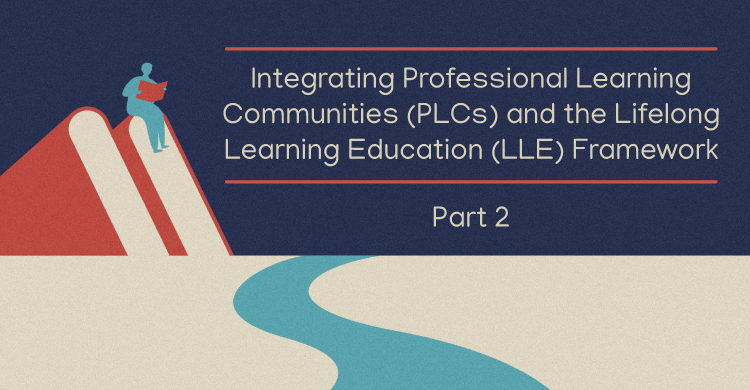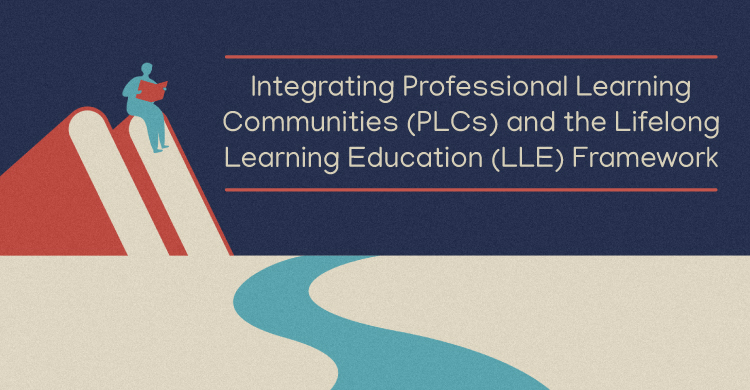How do I find the time to do interventions? When will I do this and also keep up with the pacing of the curriculum?
One thing all teachers can agree on is that time is a limited commodity, especially given the depth and breadth of the standards they teach. In fact, many educators say there is too much to teach, making it nearly impossible to find the time needed to intervene and extend the learning for students. This problem is compounded when teachers are expected to follow rigid pacing guides with prescribed activities and detailed lesson plans. Unfortunately, these documents rarely allow for the possibility that students may need preteaching of prerequisite skills before they can move on to the learning target in the pacing guide for that day. Teachers need to teach the students that they have in their class, not the ones that the pacing guide was written to address.
The reality is that the currency of education is time. So how does a teacher find the time to preteach prerequisite skills, teach the required curriculum, intervene, and extend for every student? Because interventions and extensions are part of the teaching and learning process and not separate from our work, how do teachers do it all?
One of the most effective ways to gain time in the curriculum is to administer short pre-assessments on the skills needed to master the new standards to determine what students already know and what may be a sticking point for them. This serves two purposes:
- It allows you to treat the curriculum unequally.
- It provides information necessary to differentiate for individual students and small groups.
Without the information obtained from a short pre-assessment, teachers typically approach each unit in the same manner, teaching all of the standards and targets as if the students have no prior knowledge. Instead when a pre-assessment is administered, it allows the teacher to make critical decisions about what to spend more or less time on in the unit. It also allows for preteaching to specific students before whole-group instruction so that all students are actually able to keep up during the whole-group lesson. These students often need vocabulary instruction and/or other prerequisite skills to learn the expected content.
A helpful resource to guide teams as they plan an upcoming unit is the Protocol for Team Analysis Prior to Teaching a Unit. Teams use this protocol to review prior common assessments for the upcoming unit and identify prerequisite skills or vocabulary that may need pre teaching. This information is used to plan specific steps to address these skills and vocabulary.
In addition, assessment research is clear that the checks for understanding that teachers do during daily instruction are the most effective ways to respond to student learning. This in-the-moment data allows teachers to proactively meet the needs of learners before they start to struggle. Checking for understanding saves time by minimizing the need for remediation later.
A careful analysis of how teams use time is required to meet all of these demands. Consider these team questions:
- How do we spend the limited time we are given?
- Is this the right lesson for these students right now?
- Given the school-year time frame, is this learning experience worthy of the time it will cost?
- Is there another way to approach this learning that might work better for these learners or be more efficient in moving them along?
As teams discuss these questions and use the information from pre-assessments and checks for understanding, they are gaining the time needed to strategically target specific student needs before, during, and after instruction.
[author_bio id=”360″]






